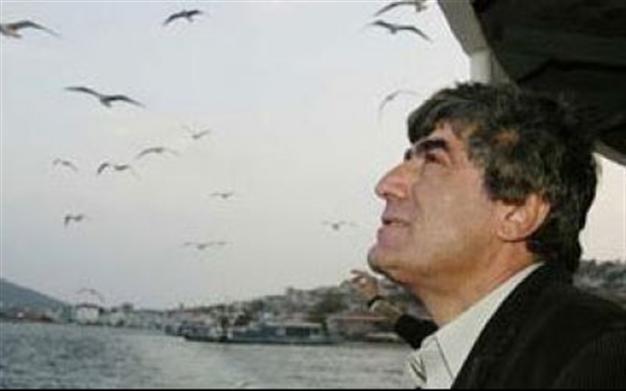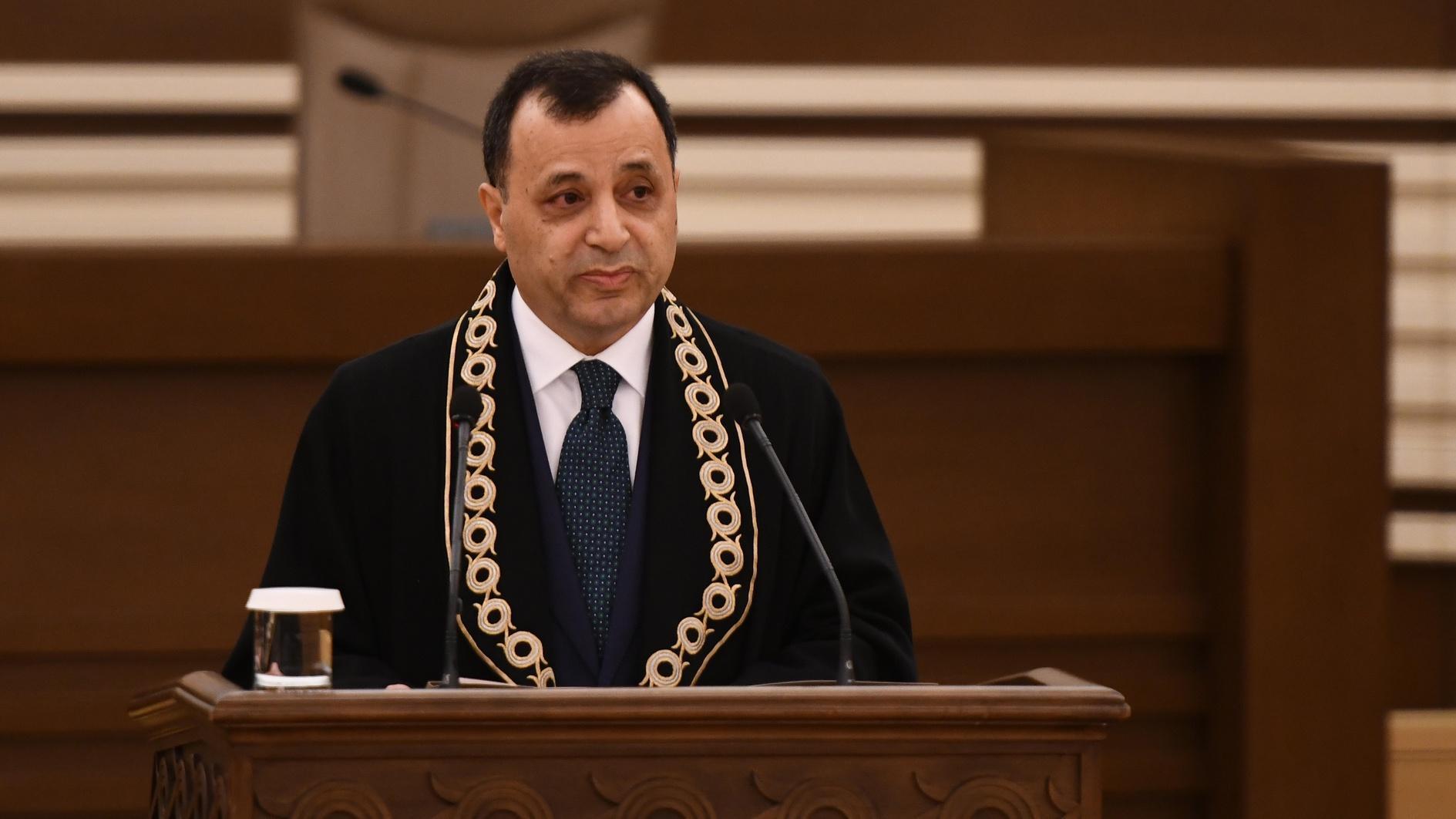Court rejects merging of Armenian-Turkish journalist Dink case with commander negligence case
ISTANBUL – Doğan News Agency

Hrant Dink, the renowned editor-in-chief of Agos, was shot by triggerman Ogün Samast in front of his office in Istanbul on Jan. 19, 2007.
A court trying the Trabzon Gendarmerie commanders due to their alleged neglect in the murder of Armenian-Turkish journalist Hrant Dink has decided not to merge that case with the main Dink murder case.The court board did not find a “judicial and actual causality” between the two cases.
Ali Öz, who was Gendarmerie Commander of the Black Sea province of Trabzon during the killing of the late journalist, had been sentenced to six months in prison. However, after the Supreme Court of Appeals reversed the decision, he was put in another trial in Trabzon.
Öz was accused of not informing authorities that the crime organization founded by Yasin Hayal, who was charged with being the instigator of the assassination, was planning to commit the crime, despite learning of the organization’s existence in 2006. He was also facing charges of forging documents in order to appear to have only obtained the information after the incident.
A Trabzon court had asked for against a gendarmerie commander on charges of neglect of duty over the assassination of Armenian-Turkish journalist Hrant Dink, with the main trial in Istanbul.
Istanbul’s 14th High Criminal Court ruled that the case against Öz was unnecessary to merge with the main Dink murder case, as both were currently being seen by the High Court of Appeals.
The court board also stated that merging the cases would only prolong the length of the main case.
Dink, the renowned editor-in-chief of Agos, was shot by triggerman Ogün Samast in front of his office in Istanbul on Jan. 19, 2007.
The main Dink trial resumed on Sept. 17, after the Supreme Court of Appeals verdict defined the acts of all suspects in the case to have been under “an organization formed to commit crime.”
















